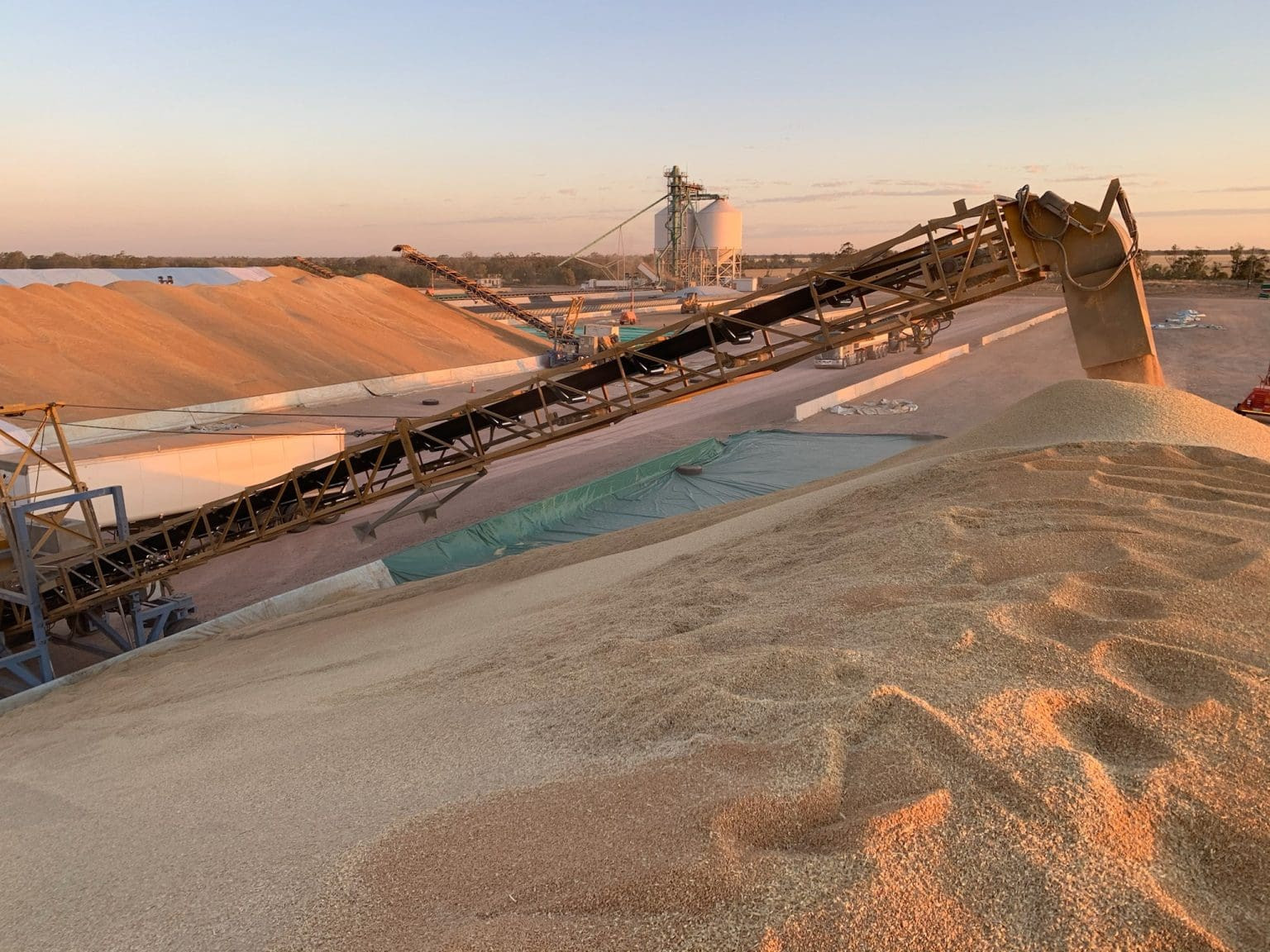Australian Wheat Exports Rise in July, Led by Indonesia and Yemen
Australia's wheat exports experienced a surge in July, increasing by 19% compared to the previous year. The country shipped 1.5 million tonnes of wheat during the month, highlighting a strong demand for Australian wheat in the global market. However, this figure represents a 44% decline from the same period in the previous year.
Despite the dip, Australia's cumulative wheat exports since the start of the 2023-24 marketing year in October 2023 reached a substantial 17.6 million tonnes. This positive trend indicates a strong demand for Australian wheat, particularly in key markets like Indonesia and Yemen.
Key Destinations: Indonesia and Yemen Fuel Growth
Indonesia emerged as the leading destination for Australian wheat in July, experiencing a nearly threefold increase in imports, reaching 281,927 tonnes. Yemen, another prominent importer, saw a nearly fourfold increase in its imports, receiving 219,340 tonnes of Australian wheat. These significant increases in demand from Indonesia and Yemen underscore the importance of these markets for Australian wheat exporters.
Other Import Trends
While Indonesia and Yemen recorded substantial rises, other key importing nations exhibited varied trends. The Philippines saw a 22% decline in imports, reaching 209,034 tonnes. South Africa, on the other hand, increased its purchases by 5%, importing 114,183 tonnes. South Korea saw a 26% drop in its imports, receiving 111,573 tonnes of Australian wheat. Notably, China, a major importer of Australian wheat, recorded its lowest imports since February 2021, reaching a mere 4,248 tonnes in July. This decline can be attributed to China's active purchasing program in previous months, resulting in lower current demand.
Barley Exports Decline in July
Australian barley exports experienced a steep decline in July, plummeting by 57% to 311,187 tonnes. This significant drop was driven by a 54% decrease in Chinese imports, reaching 287,137 tonnes. This marked the lowest monthly export figure since October 2022. China remains the dominant destination for Australian barley, accounting for 92% of the monthly total. The total barley export since October 2023 reached 7.28 million tonnes. ABARES, the Australian Bureau of Agricultural and Resource Economics and Sciences, forecasts a total barley export of 8.32 million tonnes in the 2023-24 marketing year.
Canola Exports Continue to Fall
Canola (rapeseed) exports continued their downward trend in July, registering a 13% month-on-month decline. The country exported 386,652 tonnes of canola in July, the lowest amount since October 2023. The cumulative canola export since October 2023 stands at 5.4 million tonnes, while ABARES projects a total export of 6.18 million tonnes for the 2023-24 marketing year. The United Arabian Emirates emerged as a major buyer of Australian canola in July, increasing its purchases by 260% to 152,384 tonnes. Japan followed with 151,871 tonnes, marking a 17% increase from the previous month. France also joined the list of significant importers, registering 59,075 tonnes of imports, a substantial increase from nil imports in June.
Conclusion: Strong Demand and Uncertainties in Australian Agricultural Exports
The Australian agricultural sector continues to navigate a complex landscape marked by both opportunities and challenges. While wheat exports witnessed a surge driven by robust demand from key markets like Indonesia and Yemen, barley and canola exports experienced declines, primarily due to factors like reduced Chinese imports. This dynamic scenario highlights the crucial role of diversifying export markets and adapting to evolving global demand patterns. The Australian government and industry stakeholders need to actively monitor these trends, implement strategies to enhance competitiveness, and seize emerging opportunities in the global agricultural marketplace.


















